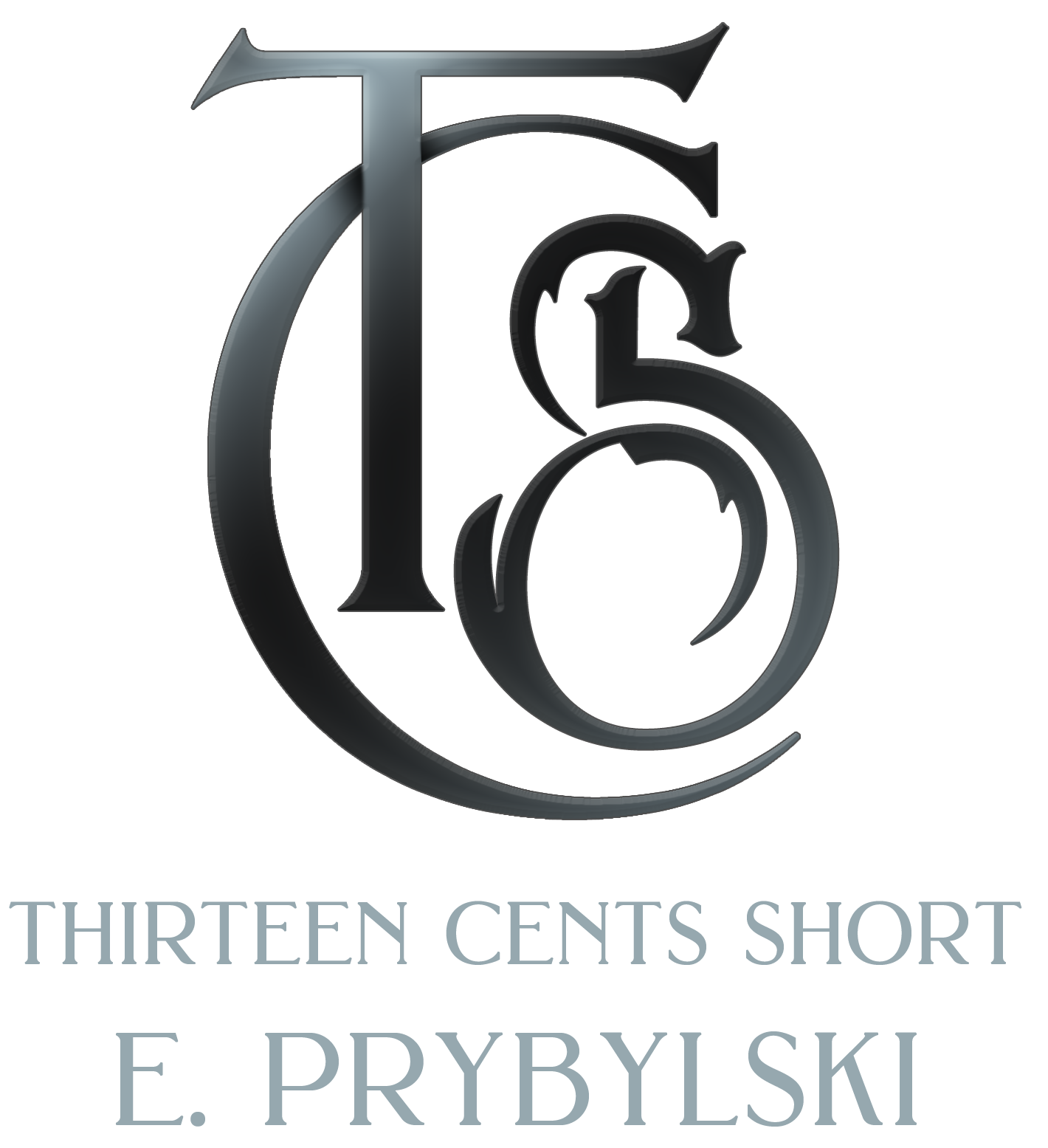This blog won’t pertain to anyone except the authors I’m working with, so I apologize that this isn’t exactly a “general consumption” blog. However, I’ve been asked many, many times how to respond to my edits and what some of the marks mean. Also, I will be posting one on Tuesday, but I felt that this was important to post now since I’ve got a few authors I’m working with that could benefit from this information and it’s easier to put it here and refer to it than write it out every time! Please click on the images to see the whole image and understand what I’m talking about!
I’m going to start by showing what a document that I am working on looks like and what some of the things you’ll see are.
Okay, what you see here is an excerpt of one of the stories I worked on for “Damn Faeries” while it was in the process of editing. As you can see there are a number of changes that I suggested (though not that many, it was a great story!). Some of the changes are grammatical, some are flow, one is setting a break between sections of the story.
So, the first thing I’m going to showcase are the comments. The way you make them in Word 2007 is by going to the “Review” tab and then add “New Comment”. I’m not sure what the process is in Open Office or older versions of Word, though I know that this function is available.
My comments are usually things that need to be said (like I note places where the author changes tense, above, and thus clash with the rest of the work) and not just changed, or they’re explanations of why I made a certain alteration – they might also be questions I have about the work.
Next, you have the underscore and strikethroughs. They’re not always in red (sometimes they show up in blue, or even other colors). The things that are in red and underscored are things that I’ve added (or reworded, in some of the cases) and the strikethroughs are things that should be deleted.
The way you accept (or ignore) the changes is pretty simple:
You right click the change and either “accept” or “reject” the insertion (or deletion). That’s it. If you accept it, it’ll stay (and turn black), if you reject it, it’ll vanish and that’ll be the end of it. Overall, it’s pretty simple!
Open Office will allow you to accept and reject changes and view comments, however the most recent version is the one that will work the best with them, so I suggest that you upgrade to that if you’re going to be working with them (I think older versions do view them but I know they don’t like it much).
I hope that clears up some of the confusion that has surrounded how to handle the editing marks and such that show up (really, it’s not a lot of voodoo, it’s really simple once you know how to do it!). I also hope that this is helpful to people that are helping others edit their works (or even if you’re working on your own!).
Related Articles
- Reviewing Documents in Microsoft Word 2010 (devicemag.com)


